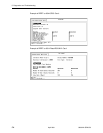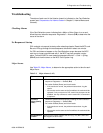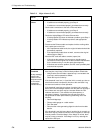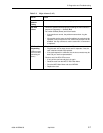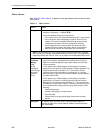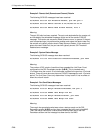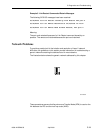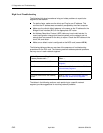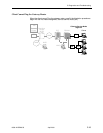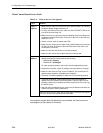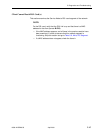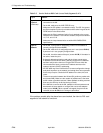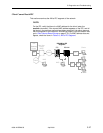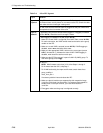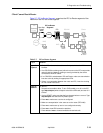
5. Diagnostics and Troubleshooting
5-12
April 2001 8000-A2-GB26-50
High-Level Troubleshooting
The following high-level procedures help you isolate problems to a particular
segment of the network.
For static clients, make sure the client can Ping its own IP address. This
confirms the IP address was successfully accepted by the client computer.
Make sure the client’s default gateway is the same as the IP address for the
Bridge Virtual Interface (BVI) on the appropriate ISP router.
An Address Resolution Protocol (ARP) table may have invalid entries if a
recent configuration change took place anywhere on the network and not
enough time has passed for the entry to expire. Check the ARP tables on the
client, AN, and router.
Make sure a default route is configured on the MCC card (screen
A-E-A
).
The following table provides an overview of the sequence of troubleshooting
procedures for the DSL card. The following sections address potential problems
that may occur in each network segment:
The tables in the following sections, each pertaining to a specific network
segment, provide suggestions for resolving network problems.
If the Client cannot Ping the
Gateway Router and . . . Then . . .
The Client cannot reach the SN Refer to Table 5-4, Client-to-Service Node
Segment.
The Client cannot reach the AN Refer to Table 5-5, Service Node-to-DSL Card
(Access Node) Segment.
The Client cannot reach the IPC Refer to Table 5-6, AN-to-IPC Segment.
The Client cannot reach the Gateway
Router
Refer to Table 5-7, IPC-to-Router Segment,
and Table 5-8, Router-to-IPC Segment.



